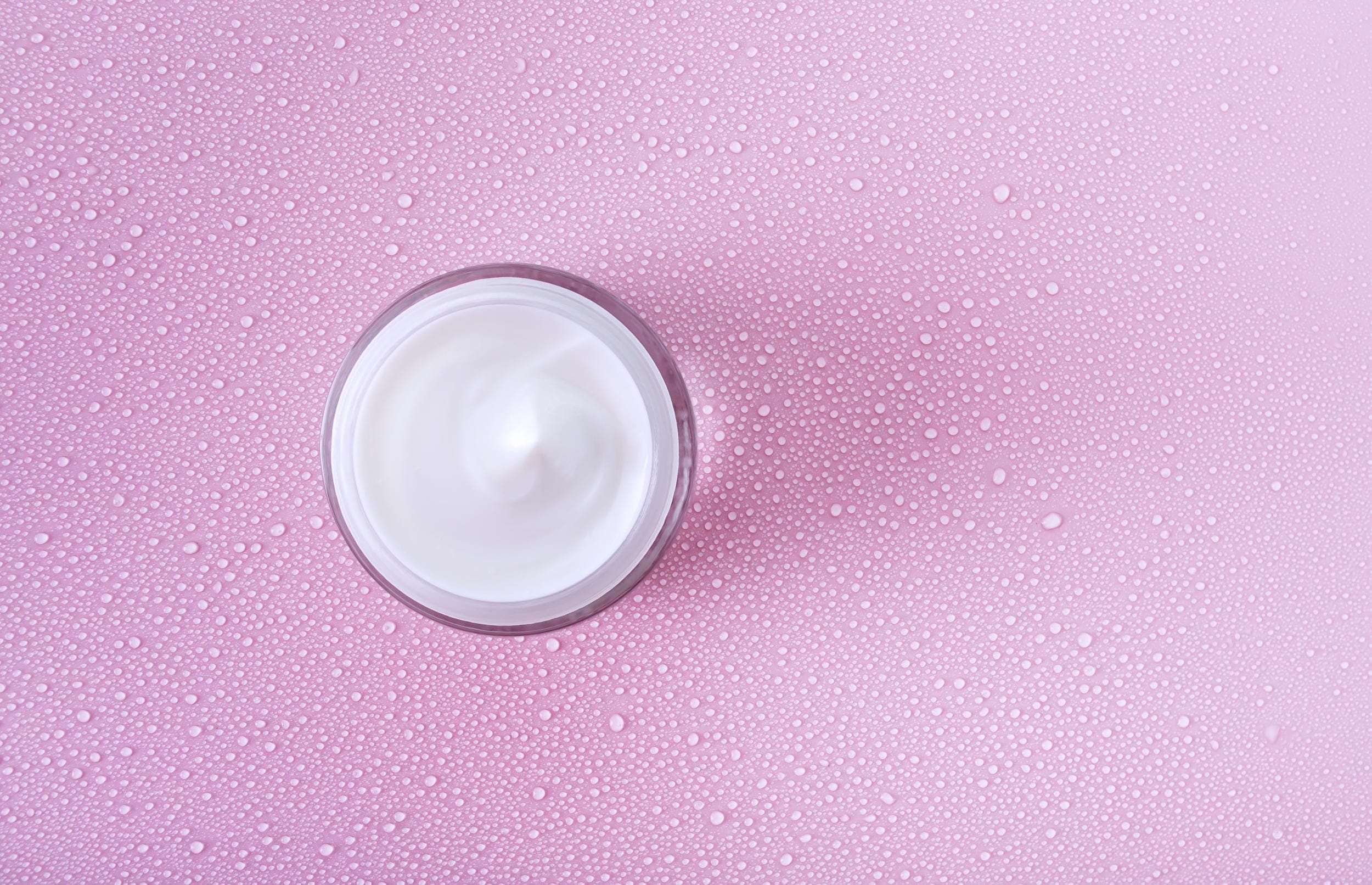Skincare
What Is TEWL Transepidermal Water Loss?
If you click on links we provide, we may receive compensation.
Imagine this: your skin, a vital yet often overlooked organ, constantly works to maintain balance. It’s your body’s frontline defender, but did you know it’s also a gatekeeper, regulating the movement of water between your inner world and the outside environment? One crucial process behind this is called transepidermal water loss (TEWL).
TEWL refers to the amount of water that evaporates through the outermost layer of your skin, known as the stratum corneum. While some water loss is natural and necessary, excessive TEWL can compromise your skin’s health. Understanding TEWL is vital for professionals in dermatology, cosmetics, and skincare because it underpins how we assess skin barrier function and hydration levels. So, let’s break down what it is, why it matters, and what you can do about it.
The Science of TEWL
Your skin barrier, often referred to as the lipid barrier, is like a brick-and-mortar structure. The “bricks” are corneocytes (dead skin cells), and the “mortar” is made of lipids like ceramides, fatty acids, and cholesterol. This barrier is what keeps essential moisture in and harmful irritants out. TEWL measures the rate at which water passes through this barrier and evaporates into the air.
A well-functioning skin barrier maintains a delicate balance, losing just enough water to regulate temperature and other bodily processes. But when the barrier is disrupted—whether by environmental factors, lifestyle habits, or skin conditions—the rate of TEWL increases. This leads to dryness, irritation, and even the onset of chronic issues like eczema or psoriasis.
Why TEWL Matters for Healthy Skin
Think of your skin barrier as a shield. When it’s strong, it protects you from harmful external factors like pollution, allergens, and microbes. However, when TEWL is elevated, your skin becomes vulnerable. Increased water loss weakens the shield, leaving your skin prone to sensitivity and inflammation. Over time, this can accelerate visible signs of aging, such as fine lines and wrinkles.
Studies show that high TEWL is often an early indicator of compromised skin health. For example, research published in the Journal of Investigative Dermatology highlights that individuals with higher TEWL levels are more likely to develop skin conditions like atopic dermatitis. This makes TEWL not just a concern for those with preexisting conditions but also a marker of overall skin health.

Factors That Influence TEWL
Your TEWL rate isn’t static; it changes based on internal and external factors. Let’s explore what drives this variability:
- Environmental Conditions: Low humidity, harsh winds, and cold temperatures all increase water evaporation. If you’ve ever experienced dry, flaky skin in winter, you’ve felt the effects of heightened TEWL.
- Skincare Products: While moisturizers can temporarily reduce TEWL, harsh cleansers and exfoliants can strip away protective lipids, causing an uptick in water loss.
- Age: Aging naturally thins the stratum corneum and decreases the production of barrier lipids, making older skin more susceptible to water loss.
- Skin Conditions: Eczema, rosacea, and psoriasis are closely linked with impaired skin barriers and elevated TEWL rates.
- Lifestyle Choices: Smoking, stress, and poor diet all take a toll on your skin barrier, indirectly increasing TEWL.
How to Measure TEWL
For professionals, TEWL is measured using specialized instruments like a Tewameter. These devices assess water vapor flux from the skin’s surface in real-time. Measuring TEWL can provide invaluable insights for clinical settings, product development, and personalized skincare plans.
Even if you don’t have access to high-tech tools, monitoring your skin’s hydration and texture can serve as a proxy. Persistent dryness, flakiness, or irritation often signal a compromised barrier and heightened TEWL.
Reducing TEWL: Practical Tips for Healthier Skin
- Hydrate Strategically: Drink plenty of water to maintain internal hydration, but don’t forget topical solutions. Use humectants like hyaluronic acid and glycerin to draw water into the skin.
- Strengthen Your Lipid Barrier: Look for products containing ceramides, cholesterol, and fatty acids. These replenish the “mortar” that keeps your skin barrier intact.
- Protect Against Harsh Conditions: Shield your skin with occlusives like petrolatum or silicone-based products in extreme weather.
- Be Gentle: Avoid over-cleansing or using products with high alcohol content, as these can strip the skin’s natural oils.
- Wear Sunscreen: UV damage weakens the skin barrier, indirectly contributing to increased TEWL. Daily SPF is non-negotiable.
- Consult Professionals: If you’re experiencing persistent issues, consult a dermatologist or esthetician to identify the root causes and develop a tailored plan.
Emerging Research and Innovations
The skincare industry continuously seeks new ways to address TEWL. Recent innovations include biomimetic skincare, which uses ingredients designed to mimic the skin’s natural lipids, and probiotics, which promote a healthier skin microbiome. Advances in wearable technology may also allow consumers to measure TEWL at home, enabling more personalized care.
For professionals, understanding TEWL goes beyond mere theory. It’s a lens through which we can assess the effectiveness of skincare formulations and interventions. By incorporating TEWL management into treatment plans, we can address the root causes of skin issues rather than just treating symptoms.
Strengthening Your Skin’s Defense
TEWL might sound like an abstract concept, but its implications are tangible. From skincare enthusiasts to medical professionals, everyone benefits from grasping this fundamental process. By caring for your skin barrier, you’re not just improving your appearance—you’re safeguarding your body’s first line of defense. So, next time you moisturize, remember you’re doing more than hydrating; you’re fortifying your shield.




